
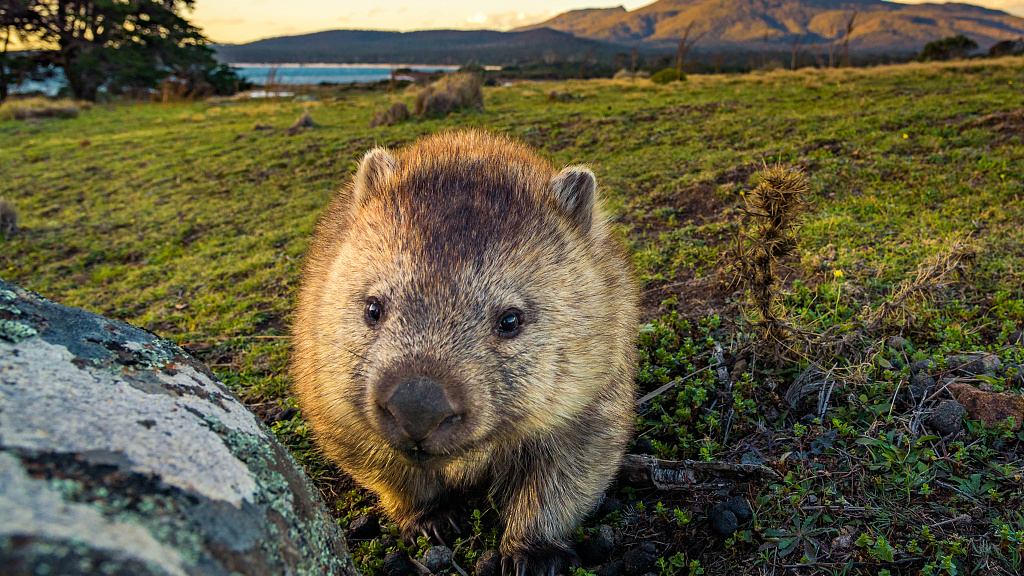
In mountainous forests of southeastern Australia, there are cute furry "bears," but they're not really bears. They are wombats, a marsupial species endemic to Australia and surrounding islands, including Tasmania.
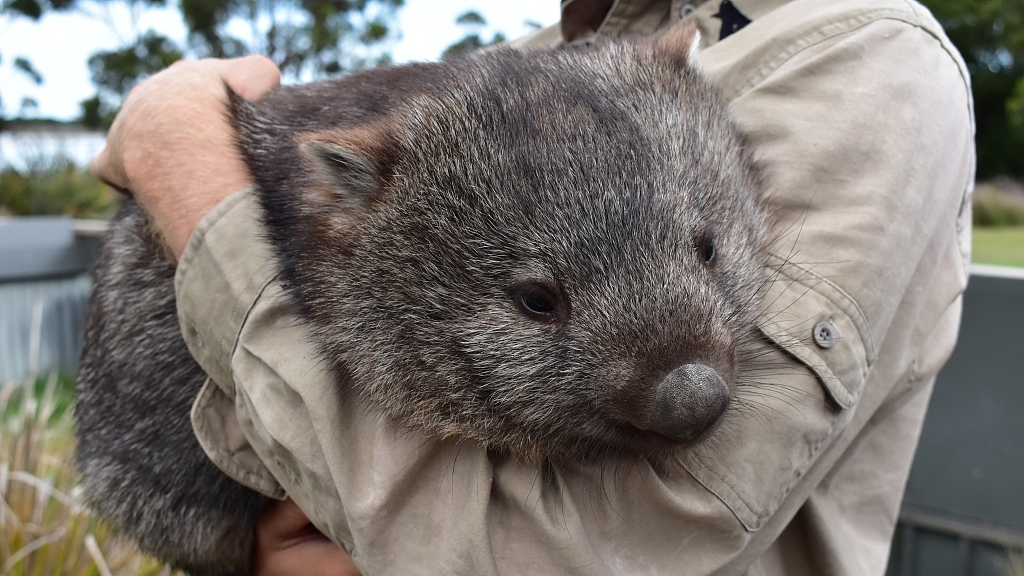
The wombats are pretty cute but not as pets. /VCG Photo
Wombats have been around for 40 million years, although humans discovered them in 1797.
There are three species of wombats, all average about one meter in length and weigh 20-35 kilograms. Like all marsupials, female wombats have pouches, where babies stay for several months before they venture out to explore the world on their own.
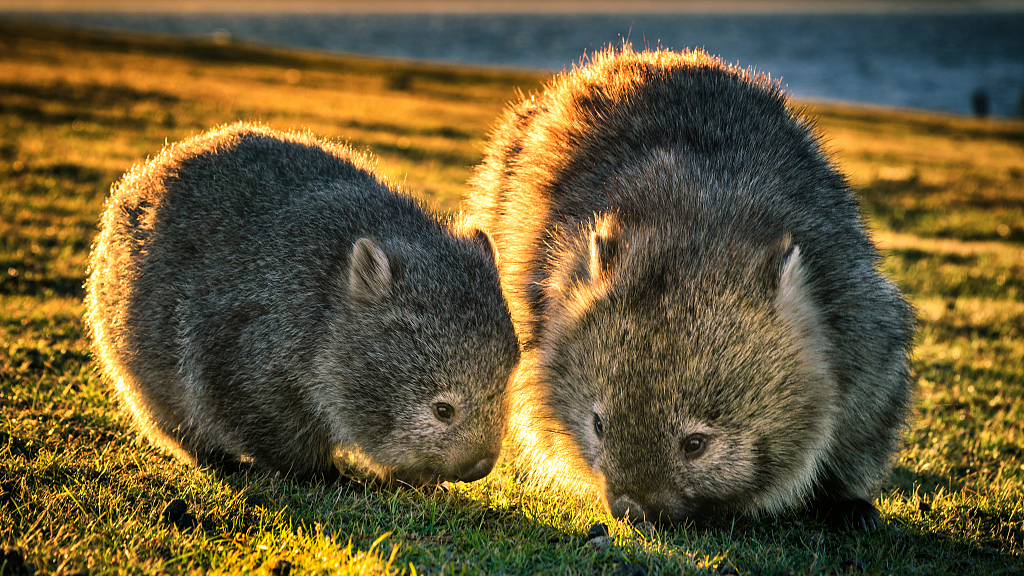
Wombats have a healthy appetite, spending lots of time eating. /VCG Photo
The wombats are herbivores. They use big front teeth to gnaw on grass, bark and roots. It takes them 8 to 14 days to complete digestion. The slow-moving animals seem to be defenseless. When under threat, they dive into tunnels, using their rumps to block the predator.
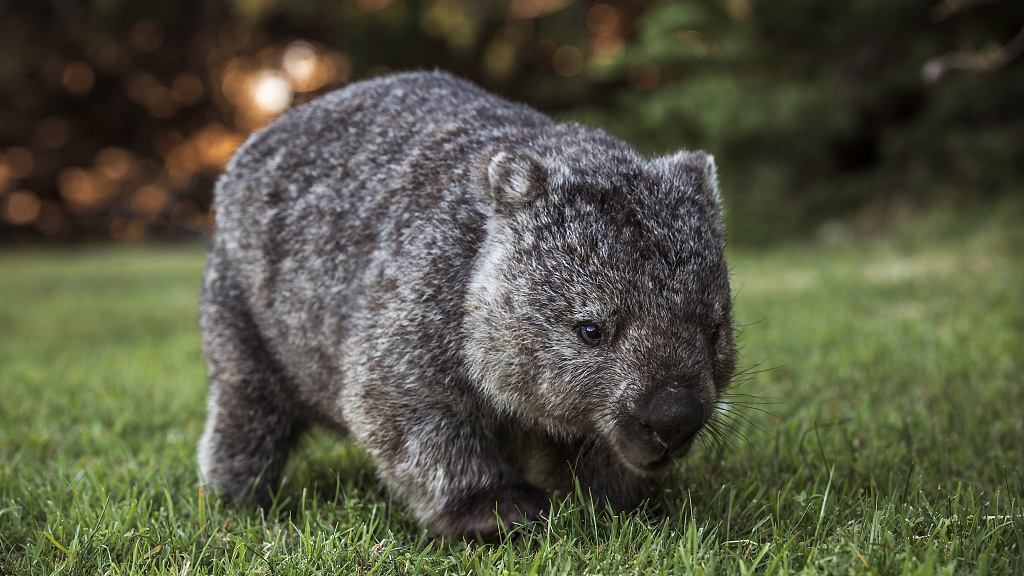
Wombats are good at burrowing. /VCG Photo
In the early 20th century, wombats were widely hunted. Now, all three species of the wombats are protected by Australian law.
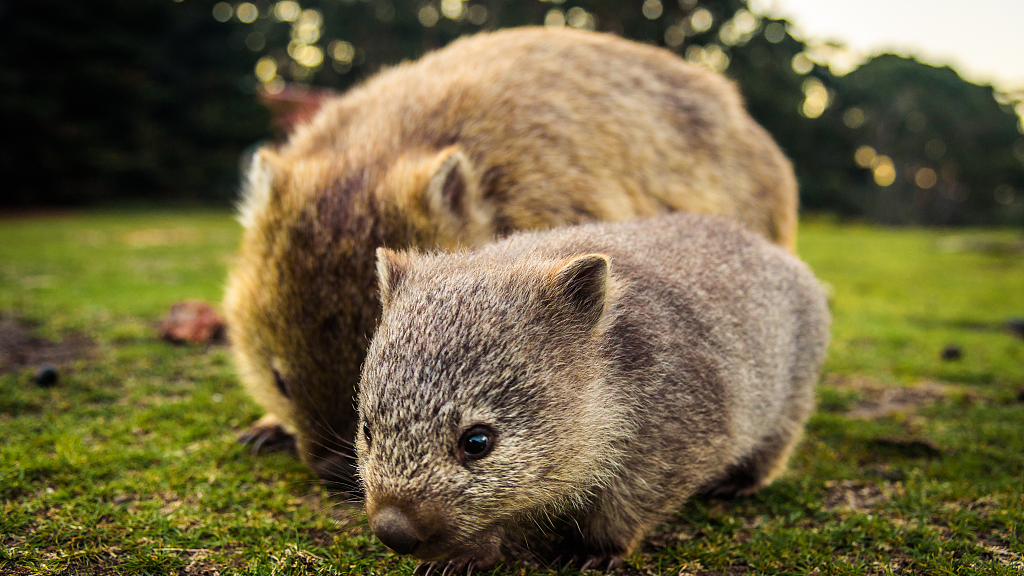
The cuddly creatures have become internet celebrities after a group of researchers studying them won the 2019 Ig Nobel Prize. /VCG Photo
They've even become internet celebrities thanks to their excrement, after a team of scientists who researched their feces won the 2019 Ig Nobel Physics Prize.
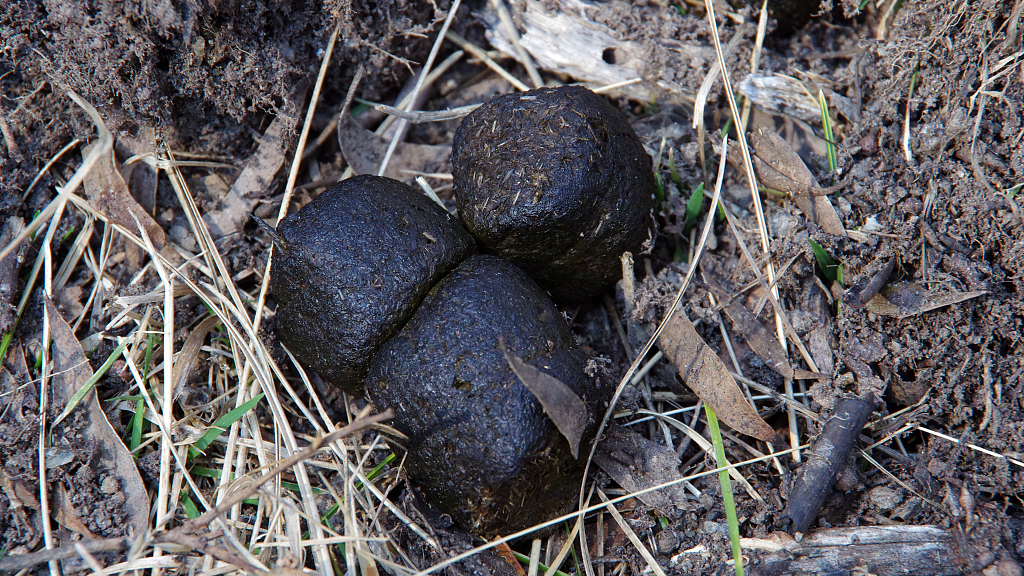
Wombats have cubic droppings. /VCG Photo
An adult wombat produces between 80 and 100 pieces of feces in a single night, each about two centimeters. The animal's intestines were found to be a staggering 10 meters long, three meters longer than human intestines. The dung, usually cubic, is formed in these extraordinarily long intestines.
The award-winning research doesn't answer exactly how the poop becomes a cube within the intestine, but we can be sure about one thing: the function of the cubes. The wombats use their droppings to mark their territory and attract mates. The cubic shape makes them more stackable and less likely to roll.
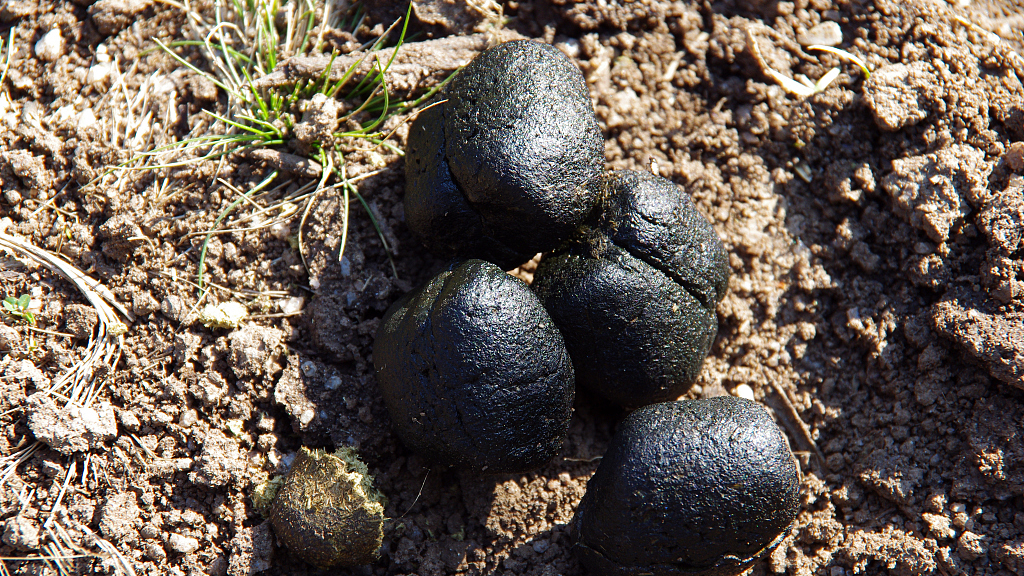
Wombat droppings. /VCG Photo
(Video clips and cover image via VCG)
(If you want to contribute and have specific expertise, please contact us at nature@cgtn.com.)

Copyright © 2018 CGTN. Beijing ICP prepared NO.16065310-3
Copyright © 2018 CGTN. Beijing ICP prepared NO.16065310-3